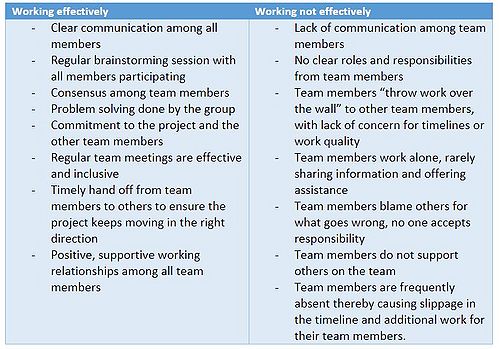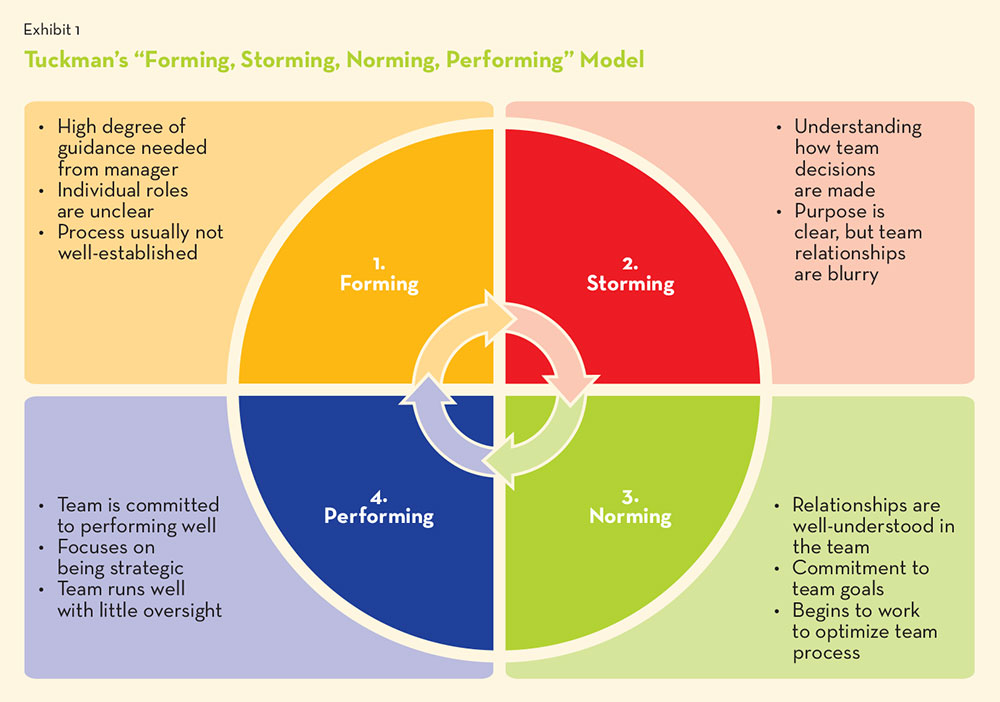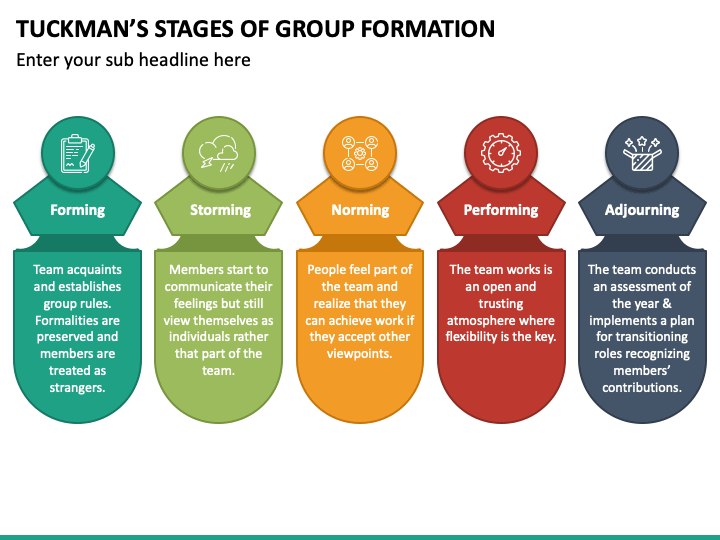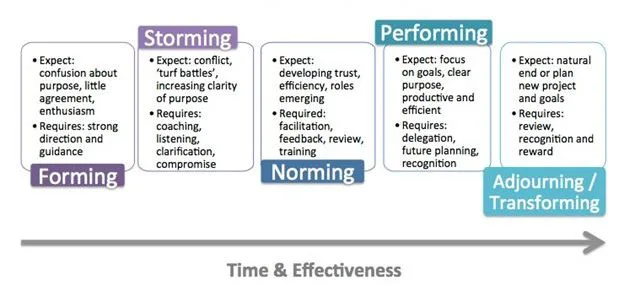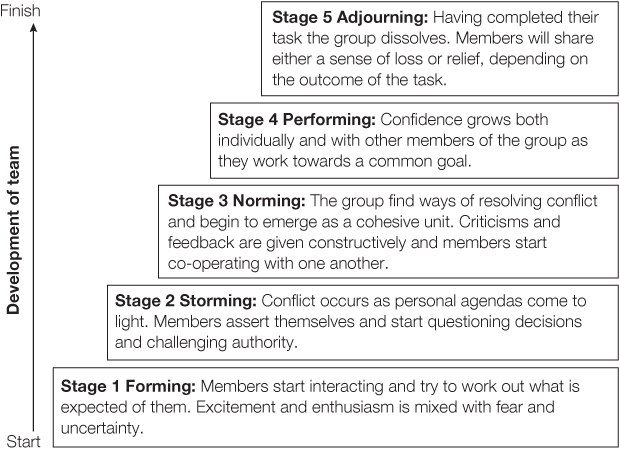Tuckman's Communication Theory, also known as Tuckman's stages of group development, is a model that explains the stages of development that a group goes through when working on a project or task. The model was developed by Bruce Tuckman in 1965, and it has since become a widely accepted theory in the field of communication and group dynamics.
According to Tuckman's theory, there are four stages of group development: forming, storming, norming, and performing. Each stage has its own set of characteristics and challenges, and it is important for group members to recognize and understand these stages in order to work effectively as a team.
The first stage, forming, is characterized by a sense of excitement and optimism as the group comes together for the first time. At this stage, group members are getting to know one another and establishing relationships. Communication is generally polite and formal, as people are trying to make a good impression on their new team members.
The second stage, storming, is marked by conflict and tension as group members begin to assert their own ideas and opinions. This can be a difficult stage for the group, as members may disagree on how to approach a task or project. Communication may become more heated and confrontational, and it is important for group members to find ways to resolve conflicts and work together effectively.
The third stage, norming, is characterized by a sense of unity and cohesiveness as the group begins to work together more effectively. Group members are able to resolve conflicts and make decisions more efficiently, and communication becomes more open and honest.
The final stage, performing, is marked by a high level of productivity and teamwork as the group becomes fully functional. Group members are able to work independently and contribute their skills and expertise to the team, and communication is open and constructive.
Tuckman's Communication Theory is a useful tool for understanding the stages of group development and how to effectively communicate and work with a team. By recognizing the characteristics of each stage and finding ways to navigate the challenges that arise, groups can work together more effectively and achieve their goals.
